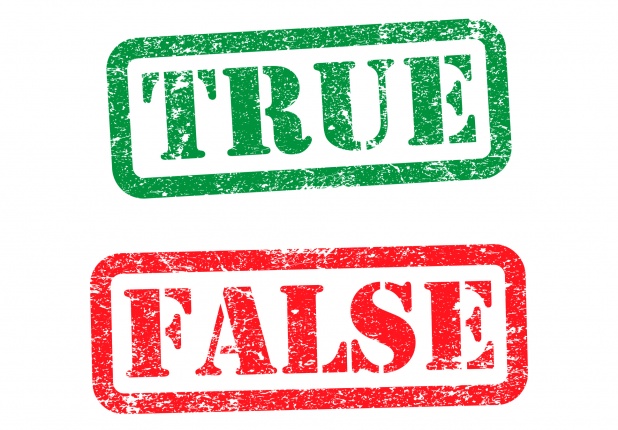The Modern Attachment: How to Handle Hyperlinked Documents in Emails
Document management systems allow users to send a link to a document directly from the system, ensuring that all recipients receive the same, most up to date version, and, often most importantly when it comes to efficiency, ensuring that only one person is working in a draft document at a time. When we email links to these documents, the document itself is not attached to the email; rather, a hyperlink to the document where it is housed on the document management system is attached. As an e-discovery professional, my next thought is….how do we handle these links in discovery? At least one court has grappled with this question and its decision sheds new light on how we can handle hyperlinked attachments in our own cases.






